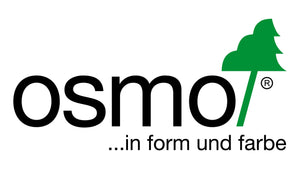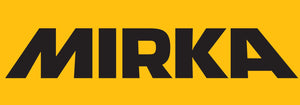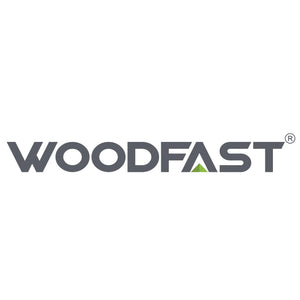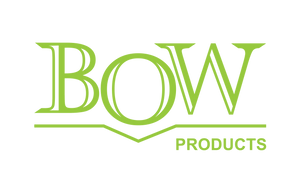Plywood is created by bonding thin layers (or veneers) of wood together with a strong adhesive. The quality of this adhesive is crucial, as it directly impacts the strength, durability, and integrity of the final product.
When selecting the right Plywood, understanding the different types of glue bonds is essential. The application of the Plywood should guide your choice of adhesive, ensuring that it performs optimally in the intended environment. Let’s explore the four primary glue bonds used in Plywood manufacturing, ranked from the most durable to the least.
Type A (A-Bond)
Type A is the strongest and most durable of the glue bonds. It’s also waterproof, making it ideal for use in conditions that involve heat, cold, or moisture. This bond is created using phenol formaldehyde resin, set under heat and pressure, forming a permanent bond that can endure prolonged exposure to the elements without breaking down.
Plywood with Type A glue bond is commonly used in structural, exterior, and marine applications due to its high resistance to environmental stressors.
Type B (B-Bond)
Type B glue bond, while also waterproof, is less durable than Type A. Made from melamine-urea-formaldehyde (MUF) resin, it can withstand limited exposure to weather, but continuous exposure over several years may cause deterioration.
Plywood with Type B bond is best suited for applications with limited weather exposure, such as exterior doorskins or concrete formwork.
Type C (C-Bond)
Type C glue bond offers less weather resistance and can only withstand occasional exposure to dampness. Made from urea formaldehyde (UF) resin, Plywood with this bond should not be used in structural or wet/damp environments.
It is most appropriate for general internal uses, where moisture exposure is minimal.
Type D (D-Bond)
Similar to Type C, Type D glue bond is also produced using UF resin. However, it is suitable only for completely dry, internal environments. Type D glue bonds should never be used for structural purposes or in areas that may be exposed to moisture.
This bond is ideal for internal applications, such as furniture and interior walls, where conditions remain dry and stable.
Australian Standards: Ensuring Quality and Safety
Plywood glue bonds must meet Australian Standards to ensure their suitability for specific applications. Substandard glue bonds can lead to structural failures. For instance, using a Type C or D glue bond in a structural application could compromise the integrity of the build.
When choosing Plywood, it’s essential to buy from reputable manufacturers who follow stringent testing and quality control procedures.
Clarifying "Waterproof" in Plywood
One important note is the use of the term "waterproof" when describing Plywood. The waterproof quality refers only to the glue bond, not the wood itself. While the glue may hold up in wet conditions, the wood can still absorb moisture, which can lead to swelling or warping.
Need Advice?
Choosing the right Plywood for your project can be challenging, but our team is here to help! We’re happy to share our expertise and guide you to select the best product for your specific needs. Whether you're working on a structural, exterior, or internal project, we’ll ensure you have the right Plywood for the job.

















